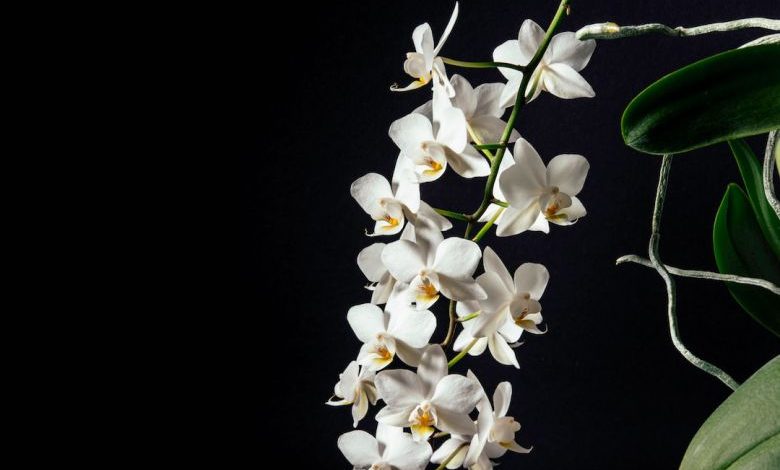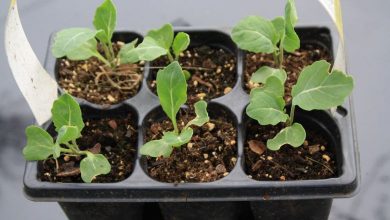How to Grow and Care for Orchids Indoors?

Orchids are known for their exotic beauty and delicate nature, making them a popular choice for indoor gardening. However, many people are intimidated by the idea of caring for these elegant plants. With the right knowledge and a bit of patience, anyone can successfully grow and care for orchids indoors. In this article, we will discuss the essential tips and techniques to help you cultivate stunning orchids in your home.
Choosing the Right Orchid
Before diving into the world of orchid care, it’s crucial to choose the right type of orchid for your indoor environment. Some orchids require specific conditions, such as temperature and humidity, while others are more adaptable. Phalaenopsis orchids are a great choice for beginners as they are relatively easy to care for and can thrive in typical household conditions.
Providing Adequate Light
One of the most crucial factors in orchid care is providing the right amount of light. Orchids need bright, indirect light to grow and bloom successfully. Placing them near a south or east-facing window is usually ideal. However, be cautious of direct sunlight as it can scorch the leaves. If your home lacks sufficient light, consider using artificial grow lights to supplement natural light.
Maintaining the Right Temperature and Humidity
Orchids are native to tropical regions, so they prefer warm and humid conditions. The ideal temperature range for most orchids is between 60-80°F (15-27°C) during the day and slightly cooler at night. To maintain proper humidity, place a tray filled with water near the orchid or use a humidifier. Misting the leaves occasionally can also help increase humidity levels.
Watering Orchids Correctly
Proper watering is crucial for the health and longevity of orchids. Overwatering can lead to root rot, while underwatering can cause the plant to wither. The key is to find the right balance. Orchids should be watered when the potting medium feels dry to the touch, usually once a week or every ten days. Ensure that the water drains freely from the bottom of the pot to prevent waterlogged roots.
Fertilizing Orchids
To promote healthy growth and abundant blooms, orchids require regular fertilization. Choose a balanced orchid fertilizer with a ratio of 20-20-20 or a similar composition. During the growing season, which is typically spring and summer, fertilize your orchids every two weeks. In the dormant period, reduce the frequency to once a month. Be sure to dilute the fertilizer according to the instructions to avoid burning the roots.
Repotting Orchids
Orchids should be repotted every one to two years to provide fresh growing medium and prevent overcrowding. The best time to repot is after the orchid has finished flowering and enters a dormant period. Carefully remove the orchid from its pot, trim any dead or rotting roots, and place it in a slightly larger pot with fresh orchid potting mix. Avoid burying the orchid too deeply in the pot, as this can lead to root suffocation.
Preventing Common Pests and Diseases
Like any plant, orchids are susceptible to pests and diseases. Regularly inspect your orchids for signs of pests such as aphids, mealybugs, or spider mites. If infestation occurs, treat the affected plant with an appropriate insecticide or use natural remedies like neem oil or insecticidal soap. To prevent diseases, ensure good air circulation around the orchids and avoid overwatering.
Enjoying the Fruits of Your Labor
With proper care and attention, your orchids will reward you with stunning blooms that can last for weeks or even months. Remember to appreciate the beauty of the flowers and take the time to observe and enjoy the intricate details. Orchids are a true testament to the wonders of nature and the rewards of nurturing a living organism.
In conclusion, growing and caring for orchids indoors may seem daunting at first, but with the right knowledge, it can be a truly rewarding experience. By choosing the right orchid, providing adequate light, temperature, and humidity, watering correctly, fertilizing regularly, repotting when necessary, and preventing pests and diseases, you can enjoy the beauty of these elegant plants in your own home. So, go ahead and embark on your journey to becoming an orchid enthusiast – it’s a hobby that will bring beauty and joy for years to come.




